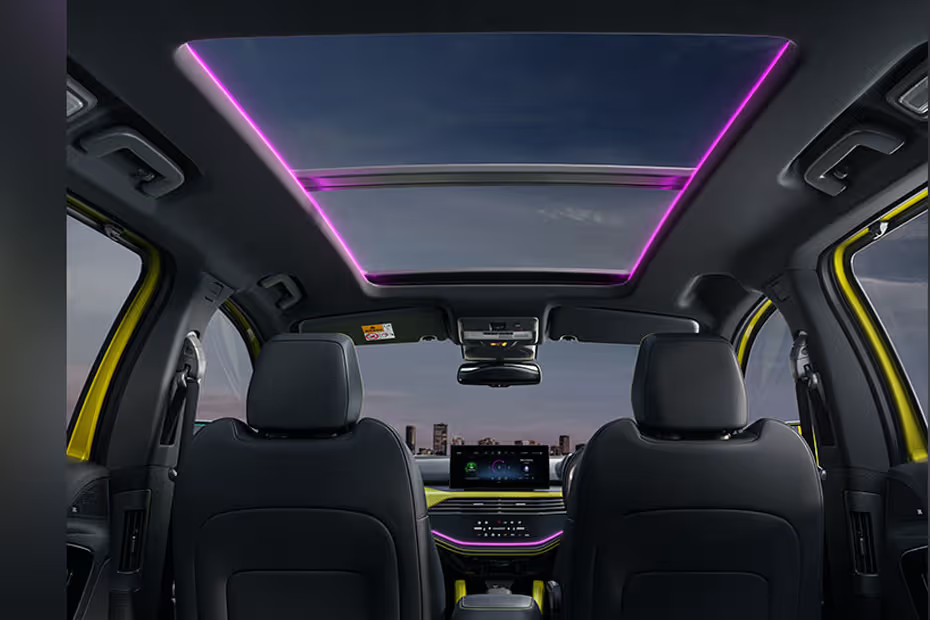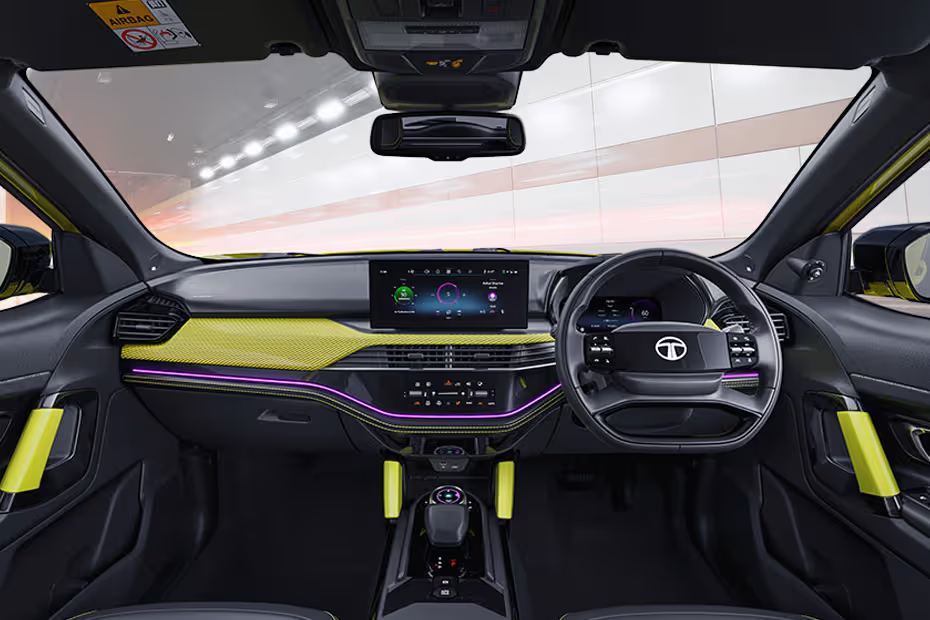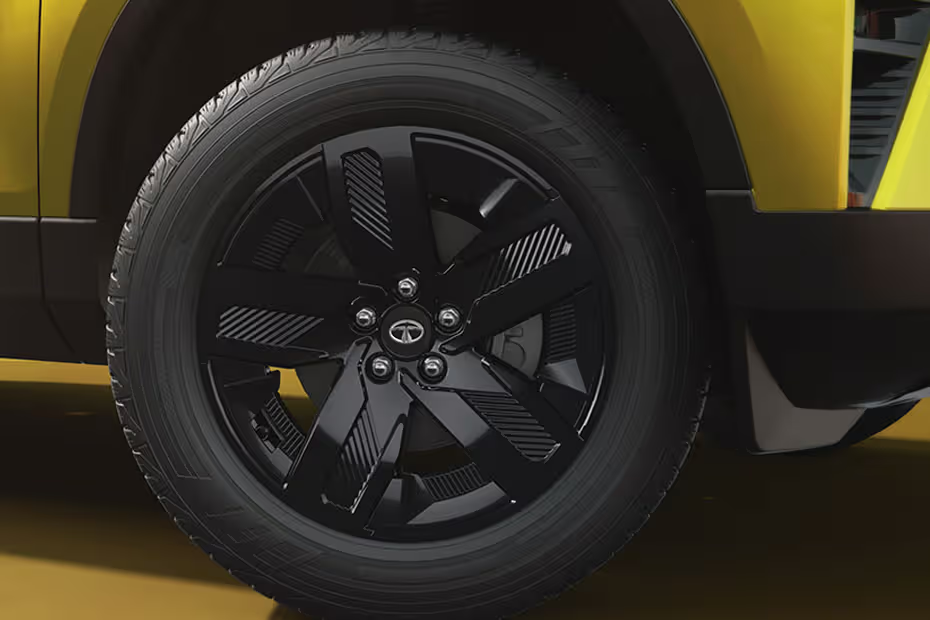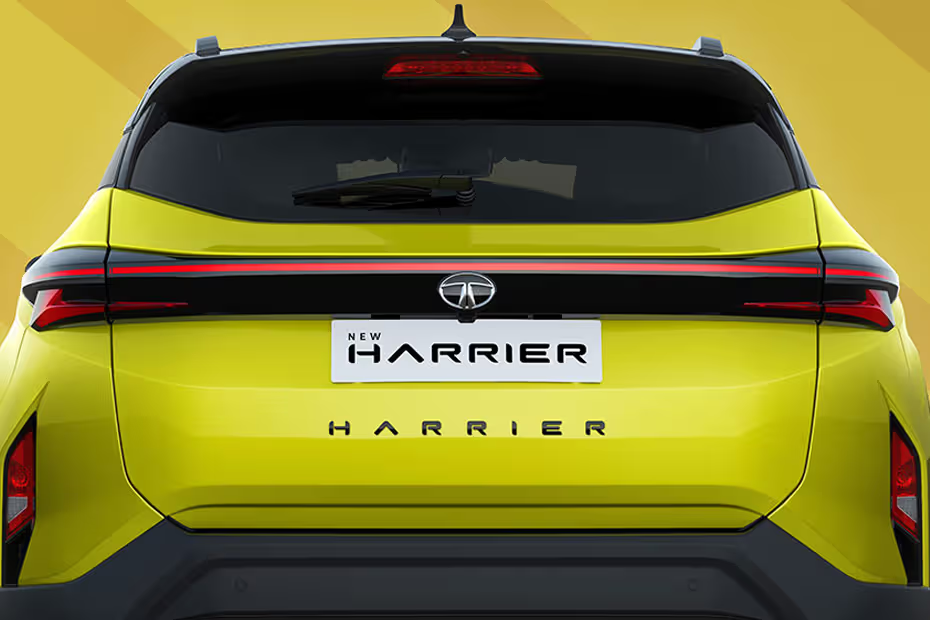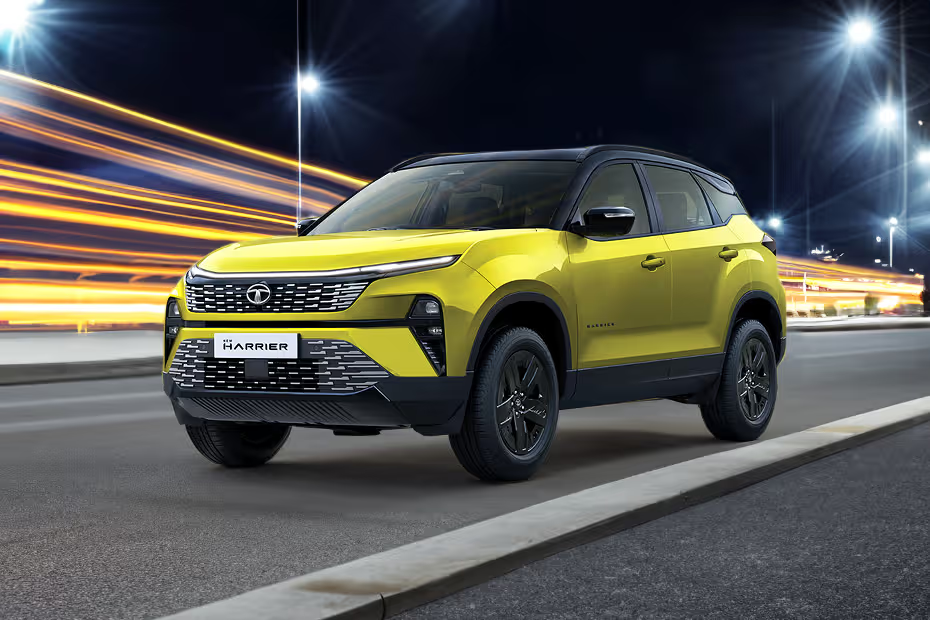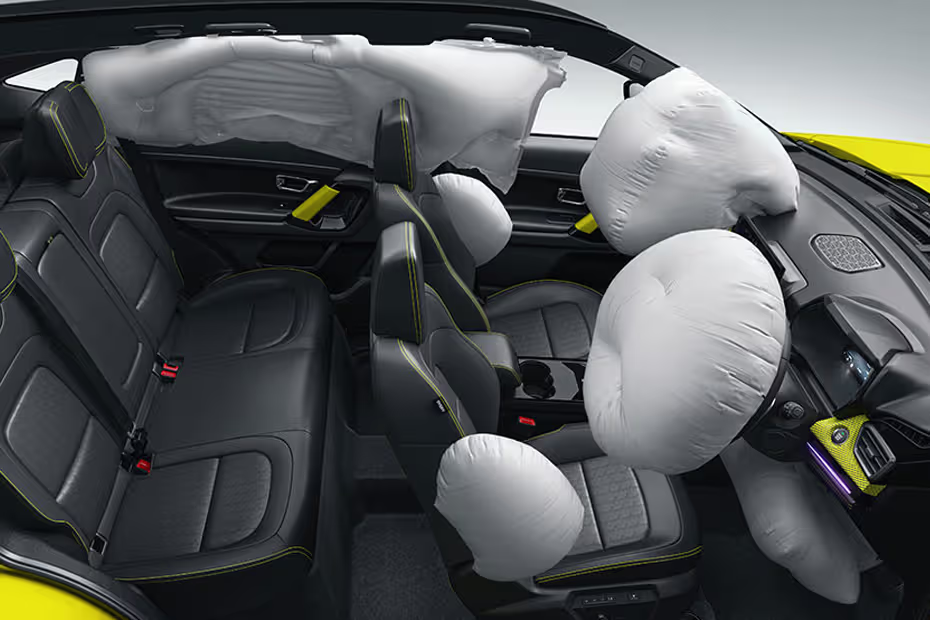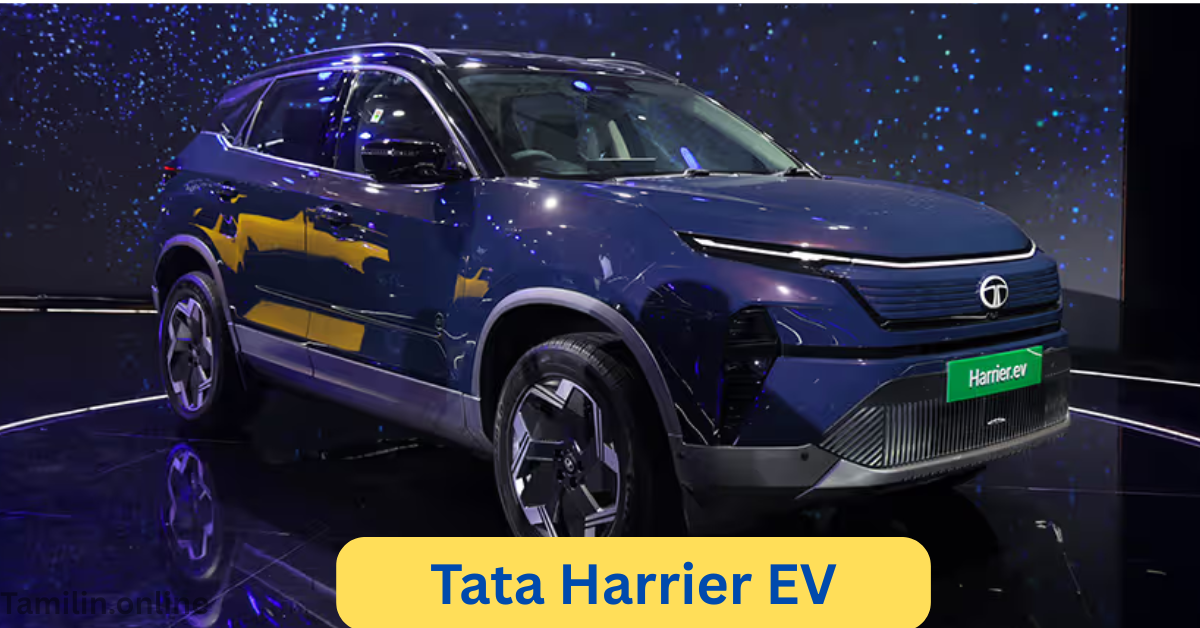Introduction
The Indian electric vehicle (EV) market is set to witness a monumental shift with the launch of the Tata Harrier EV on June 3, 2025. As Tata Motors’ flagship electric SUV, the Harrier EV combines the rugged appeal of its internal combustion engine (ICE) counterpart with cutting-edge EV technology. Promising a real-world range of 500 km, quad-wheel-drive capabilities, and premium features, the Harrier EV aims to redefine luxury and sustainability in India’s automotive landscape. In this deep dive, we explore its design, performance, features, pricing, and how it stacks up against competitors.
Table 1: Key Specifications of the Tata Harrier EV
| Category | Details |
|---|---|
| Launch Date | June 3, 2025 |
| Platform | Acti.ev+ architecture (modified OMEGA platform) |
| Battery & Range | 500 km real-world range (C75 cycle); dual-motor AWD and single-motor FWD options |
| Performance | 500 Nm torque; 0–60 km/h in ~4.5 seconds (estimated) |
| Charging | V2L (Vehicle-to-Load) and V2V (Vehicle-to-Vehicle) support |
| Price Range | ₹24–30 lakh (ex-showroom) |
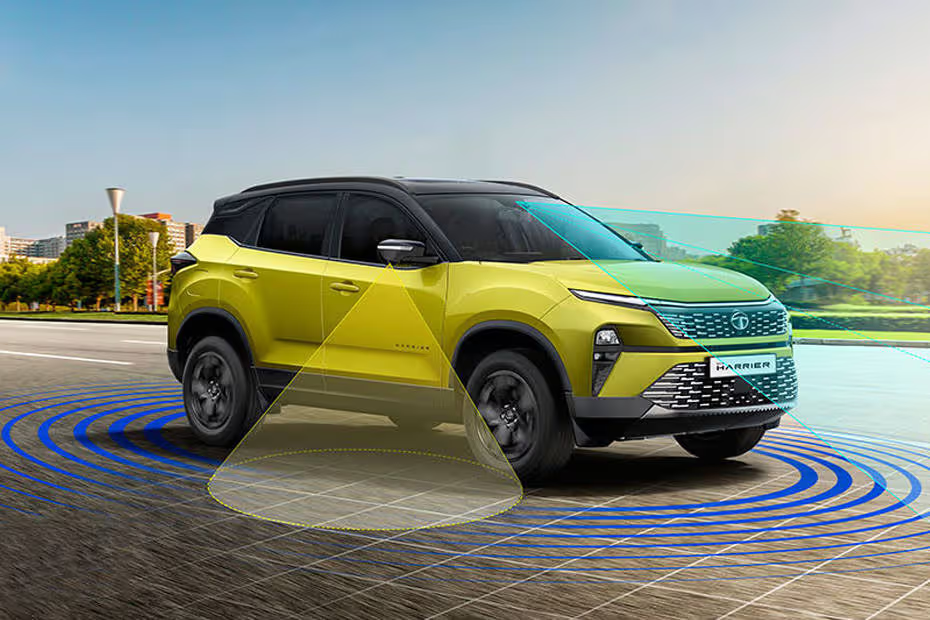
Design: Bridging Familiarity and Futurism
The Tata Harrier EV retains the bold, muscular design language of its ICE sibling but introduces EV-specific tweaks for a distinct identity.
Exterior Highlights
- Front Fascia: A sealed upper grille, chrome-trimmed air dam, and vertical LED fog lamps.
- Signature Lighting: Blade-shaped DRLs connected by a full-width LED light bar.
- Aero Enhancements: Serrated turbine-blade alloy wheels (17–19 inches) for improved aerodynamics.
- EV Badging: “.EV” emblems on front doors and “HARRIER.EV” lettering on the tailgate.
Interior Refinements
- Floating Touchscreen: 31.24 cm Harman™ infotainment system with wireless Apple CarPlay/Android Auto.
- Digital Instrument Cluster: 26.03 cm display with real-time EV metrics.
- Premium Materials: Dual-tone dashboard, leatherette upholstery, and ambient mood lighting.
- Panoramic Sunroof: Voice-assisted control with customizable lighting.
See more: Maruti e-Vitara EV 2025: India’s First Long-Range SUV from Maruti
Table 2: Feature Breakdown
| Category | Key Features |
|---|---|
| Comfort | Ventilated front seats, dual-zone climate control, panoramic sunroof |
| Technology | 15-speaker JBL sound system, Arcade.ev interface, OTA updates |
| Safety | 7 airbags, 360-degree camera, ADAS Level 2 (lane assist, collision warnings) |
| EV-Specific | Summon mode (self-parking), V2L/V2V charging, terrain response modes |
Watch full review video:
Battery, Performance, and Range
The Harrier EV’s engineering is rooted in Tata’s acti.ev+ architecture, a modified version of the Land Rover-derived OMEGA platform optimized for electrification .
Powertrain Options
- Single-Motor FWD: Ideal for urban commuting, balancing efficiency and affordability.
- Dual-Motor AWD: Delivers 500 Nm torque for off-road capability and spirited acceleration.
Battery and Charging
- Range: 500 km (real-world, Tata’s C75 cycle) – a segment benchmark.
- Charging:
- DC Fast Charging: 0–80% in ~45 minutes (estimated).
- AC Charging: 0–100% in ~8 hours (7.4 kW charger).
- V2L/V2V: Power appliances or charge other EVs using the SUV’s battery.
Driving Modes
- Terrain Response: Customizable modes for snow, mud, and sand.
- Regenerative Braking: Adjustable levels to maximize energy recuperation.
See more: Tata Harrier EV: 10 Things You Need To Know
Table 3: Competitor Comparison
| Model | Range | Price (₹ lakh) | Key Features | Drawbacks |
|---|---|---|---|---|
| Tata Harrier EV | 500 km | 24–30 | AWD, V2L, Summon mode, ADAS Level 2 | Premium pricing |
| Hyundai Creta EV | 450 km | 22–28 | Panoramic sunroof, fast charging | No AWD, smaller cabin |
| MG ZS EV | 420 km | 20–25 | Spacious interior, 50 kWh battery | Dated design, no ADAS |
| Mahindra XUV 9e | 480 km | 25–32 | Bold styling, advanced connectivity | Higher price, limited service network |
Technology and Safety
The Harrier EV is a tech powerhouse, blending connectivity with robust safety systems.
Connected Car Features
- Arcade.ev Suite: Supports apps like ZEE5, Disney+ Hotstar, and Alexa integration.
- OTA Updates: Regular software upgrades for performance and feature enhancements.
- AI Voice Commands: Control navigation, climate, and media with natural language.
Advanced Driver Assistance Systems (ADAS)
- Level 2 Autonomy: Adaptive cruise control, lane-keep assist, traffic sign recognition.
- Collision Mitigation: Autonomous emergency braking, forward/rear collision warnings.
- Parking Aids: 360-degree camera, blind-spot monitoring, rear cross-traffic alert.
Table 4: Variant-Wise Pricing and Features
| Variant | Key Features | Price (₹ lakh, ex-showroom) |
|---|---|---|
| Base (FWD) | Single motor, 7 airbags, 360-degree camera | 24–26 |
| Mid (FWD) | Panoramic sunroof, ventilated seats | 26–28 |
| Top (AWD) | Dual motor, ADAS Level 2, Summon mode | 28–30 |
Ownership Experience
Tata Motors is bolstering its EV ecosystem to support Harrier EV owners:
- Charging Infrastructure: Collaboration with charge point operators to expand to 400,000 public chargers by 2027 .
- Warranty: Expected 8-year battery warranty and comprehensive service packages.
- Resale Value: Tata’s buyback program for assured resale value (details TBA).
Should You Buy the Tata Harrier EV?
Pros:
- Segment-leading range and AWD capability.
- Premium interiors and advanced tech.
- Robust safety suite with ADAS.
Cons:
- Higher price compared to rivals like MG ZS EV.
- No frunk (front trunk) despite EV architecture.
Ideal For:
- Families seeking a spacious, long-range EV.
- Tech-savvy buyers craving connected features.
Conclusion
The Tata Harrier EV is not just an electric iteration of a popular SUV; it’s a statement of India’s EV ambitions. With its blend of rugged design, futuristic tech, and uncompromised range, the Harrier EV is poised to challenge established players like Hyundai and MG. While its premium pricing may deter budget-conscious buyers, its feature-rich package and Tata’s growing charging network make it a compelling choice for those ready to embrace electric luxury.
Tata Harrier EV Highlights:
